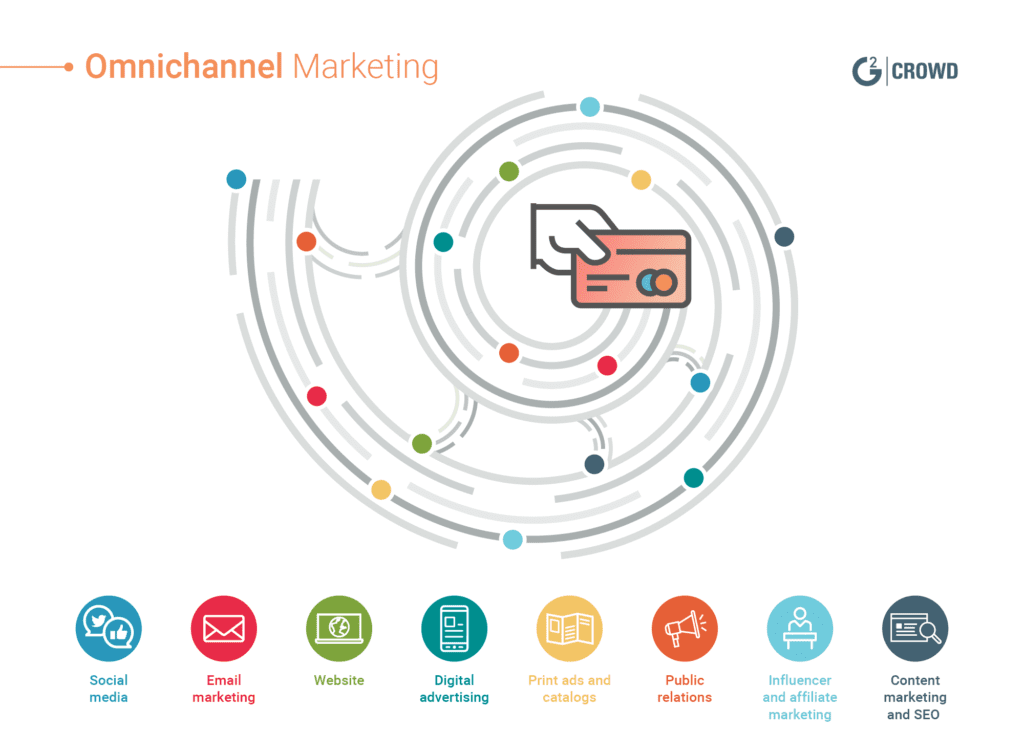The 3 Pillars of Digital Experience
Discover how to deliver a great digital experience on your ecommerce platform to compete in today's market.

A recent study by analysts at Digital Commerce 360 revealed that 46.3% of merchants listed commerce platforms in their top three tech budget priorities. The pressure is on for retailers to deliver an unmatched digital experience to gain a competitive edge.
However, successful retailers are experts in their product, not necessarily in the technology powering the experience for their customers. Nonetheless, online buyers expect a digital experience that knows what they want, and provides it at every touchpoint.
Scaling that level of personalization manually is impossible. Machine learning and AI can augment retailer intelligence to make the impossible, possible.
The biggest use for AI in the retail sector is by improving the customer experience (CX) by providing personal experiences at scale. An annual study by Forrester revealed that AI was among the top investment priorities for retailers in 2019, along with personalization, and advanced data and analytics.
For retailers who are struggling with where to start, and what to prioritize, I’ve provided three pillars of customer experience as a framework below. These are the key features that you need to invest in to drive conversions and create loyal, happy customers.
1. Prioritize Site Performance

Almost three-quarters (73%) of retailers say site downtime, degraded site performance, and poor customer experience, collectively, is their biggest worry (and the top pain point) during peak demand times. It’s a legitimate fear considering 40% of potential customers bounce if a page takes longer than three seconds to load.
AI-powered solutions can increase site performance dramatically by alerting retailers to traffic spikes and product trends so they can react in real-time. It’s also possible for these solutions to proactively troubleshoot, so retailers can identify site performance issues before they corrode sales and support.
2. Ensure Product Findability

If they can’t find it, they can’t buy it. Retailers must prioritize the product discovery experience which drives higher conversion rates, order sizes and loyalty by presenting the right products when customers ask for them. “In the absence of good search results, the average user will simply think you don’t have what they’re looking for and will go somewhere else,” said Lauryn Smith, a senior user experience researcher at Baymard Institute.
Retailers should be evolving beyond simple keyword matches when a customer clicks into the search bar. A natural language search engine lets your customers talk to the search bar like they’d talk to an in-store employee. NLU (natural language understanding) takes a request, breaks it into parts of speech, figures out what you’re looking for — and what you aren’t — to return the results right back to the customer.
3. Make Shopping Personal Across All Channels

In a recent survey, 56% of retailers said they are already using AI and ML to power personalized product recommendations. You can take real-time signals (like clicks, conversions, and add-to-cart actions) from your customers and adjust product offerings and recommendations instantly. This creates a personal online shopping and browsing experience in real time, something that would take your data analysts days to research, adjust, and deliver.
Customers are looking for a complete omni-channel experience. One where they can move from online, to mobile app, to in-store and have everything mapped to their personal preference. Retailers should prioritize solutions that allow shoppers to browse online, check prices on the app, and then go in store and buy or be shown similar items to their online experiences in one seamless transaction.

I hope that these three pillars provide a useful framework for thinking about how your ecommerce platform needs to operate to compete in today’s market. It’s likely that you’re already in various stages of implementing these key initiatives across your organization. If so, I’d encourage you to take a look at our Ecommerce Best Practices Survey Report to see how you stack up against the competition and to help you set aggressive, but realistic, goals moving forward in 2020.
The original version of this article can be found at insideBIGDATA.
LEARN MORE
Contact us today to learn how Lucidworks can help your team create powerful search and discovery applications for your customers and employees.